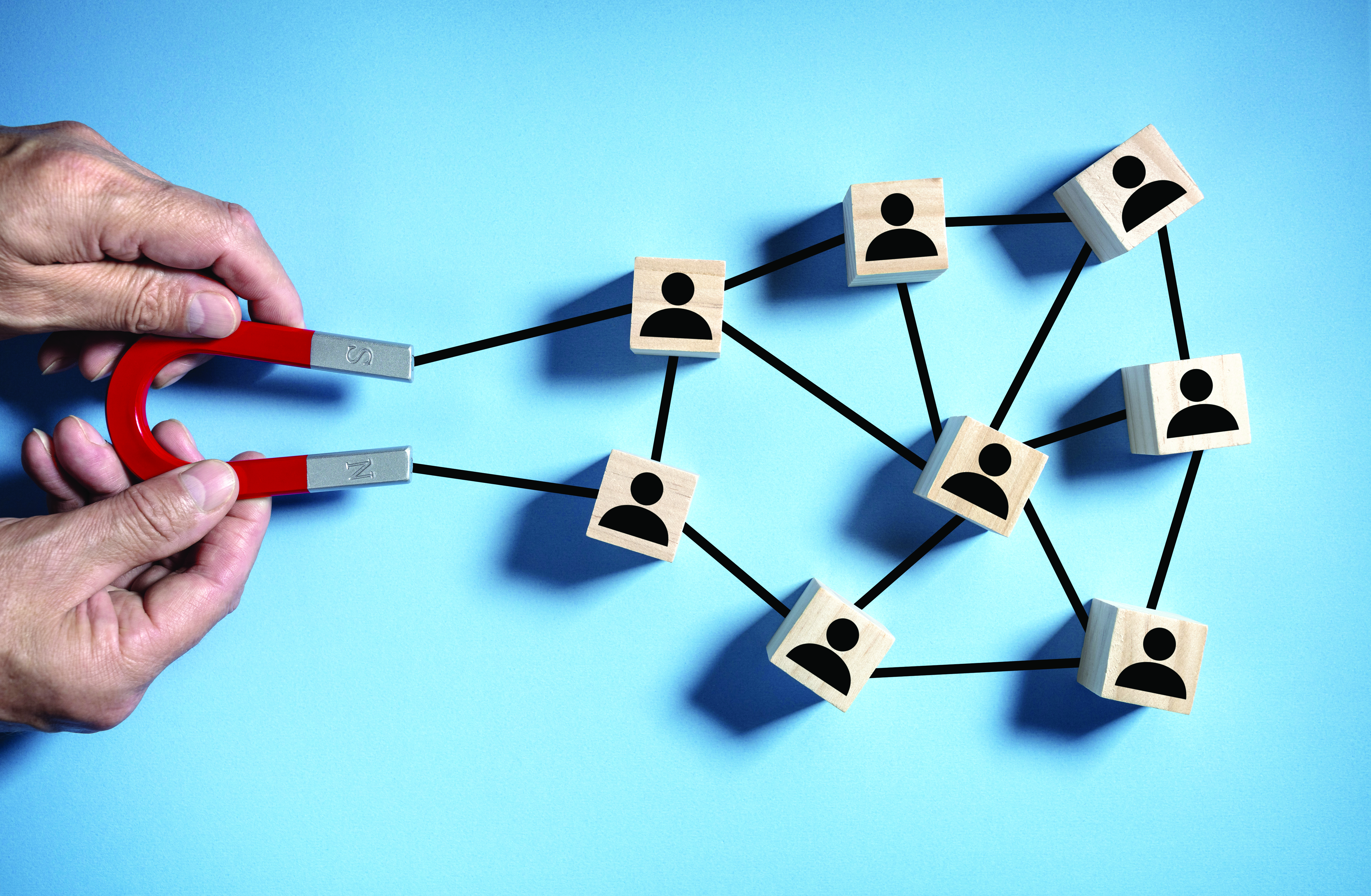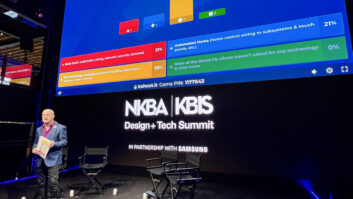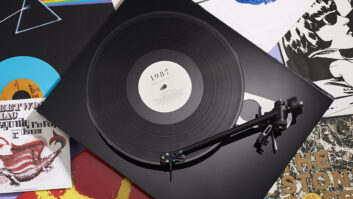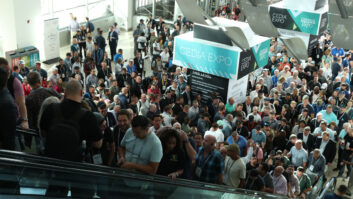Our industry talks a good game about becoming more green in the products that we manufacturer and the services we provide. Some of us, in fact, are just talking, but a growing number are actually walking the walk.

I had the pleasure last month of seeing how some of the leaders among us are working hard to provide more environmentally friendly solutions, when I toured the Green Life Smart Life home in Narragansett, Rhode Island.
Owned by PR and marketing professionals Kimberly Lancaster and Joe Hageman, the new home was recently completed and earned the first LEED Gold home certification in the state of Rhode Island as well as an ENERGY STAR rating.
LEED certification is something you’ve probably heard about and might be researching thoroughly as a potential business opportunity. As much as I thought I knew about LEED before my visit, however, I learned so much more after seeing the Rhode Island home in person. The project gained an impressive 92.5 out of 136 LEED points.
By using a combination of ENERGY STAR appliances and AV, such as their Whirlpool washing machine and KitchenAid fridge and dishwashers (yes, two), as well as Panasonic flatpanel TVs, Control4 automation gear, and Lutron lighting control, Kim and Joe were able to satisfy their technical goals while also keeping energy consumption in check. The Control4 system was designed to help manage and monitor energy, which is an obvious opportunity for electronic systems contractors.
Kim and Joe are hoping to help build awareness with ESCs about how they can consistently bring three LEED points to their future projects. “We want them to be able to say, ‘You can use these types of systems—this is how they did it in another house—and it is repeatable,’” Lancaster said during her opening remarks last month.
Three points might not sound like a lot, but they all add up. Their home gained additional points for the types of construction and furniture material that were used and with the way they are able conserve water.
Kim admitted that she was relatively unaware of her water usage habits until embarking on this project 18 months ago. Now, however, her home’s water consumption is amazingly minimal. On the inside, it has low-flow faucets that output only a gallon and half of water per minute, and power-assisted toilets flush only a gallon of water each time.
I’ve always been a big “yard work” type of guy, so when I had a chance to chat with the home’s landscape architect, John Carter, I was definitely in my element. Carter helped make the property around the home more sustainable by planting native, drought-tolerant, diseaseresistant grass seed, and native plants and trees.
The home also features a rainwater harvesting system that connects the roof’s gutters with a 5,000-gallon tank for outdoor watering.
Kim says the only person she spent more time with than Carter on the project was her ESC Jeff Mitchell of Robert Saglio Audio Video Design. He helped create a green wiring design and provided a relatively minimalist approach to AV integration. For him, the entire endeavor was an education in what was possible on project of this kind. He says he also discovered simpler green concepts such as driveway sensors that turn a home’s lights on only when you need them on.
In the Green Home Smart Home, Mitchell tackled a lot of challenges, but now he hopes to focus his green services on a few marketable ideas. The key is that he has already walked the walk and can now talk the talk with new customers.







